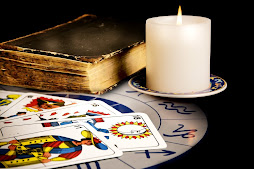Feng Shui can be traced back to the I-Ching, the ancient Book of Changes written over 4,000 years ago. Confucious, the world famour Chinese philospher, was one of four founders. The physical environment was perceived to be a living entity, and the external world is a physical manifestation of our internal world. The earth's breath is qi/wind (feng), or the dragon's vapour, and the earth's water (shui) represents the dragon's blood. Therefore, in China, the physical environment is symbolic of a real dragon, and the ultimate purpose of feng shui is to locate the cave or lair of the dragon.

For this reason benevolent forces are said to concentrate around Hong Kong. The mix of mountains, plains and sea form the perfect dragon's lair!
The first and oldest school of Feng Shui, Form School, dates back to 190-220 C.E. Ancient texts show the importance of environmental factors such as the shape, size and position of surrounding hills and mountains, and the location of water when looking for an auspicious locations. Today, we also look at the buildings, roads, rivers, oceans, trees, fences and gardens that surround a building, to evaluate the quality of qi flowing into the site.
Around 722-481 B.C. Compass School (as it is known in the West) is based on the concept that each of the eight sectors or triagrams holds a different type of qi. They also represent magnetic directions, numbers 1 to 9, body parts, organs, people (male and female), and the five elements; fire, earth, metal, water and wood. An accurate compass reading of the facing direction of a building is an essential part of the analysis. This is not the same as the Black Sect or Life Aspirations theories developed for Westerners in the 70's and 80's. They are generalized and inaccurate methods sold to gullible Westerners to make money.
In medieval China, feng shui was a closely guarded secret. Its Masters were restricted to emporers, and the privileged. By deliberately excluding commoners from feng shui's power, they ensured their positions. Feng shui masters were greatly rewarded for their skills, and severely punished and sometimes killed, if they helped commoners. So it was not until the Qing Dynasty (1644-1840) that the true secrets of the Flying Star School were revealed. The numbers 1-9 from the Lo Shu Grid or Magic Square 'fly' in various directions, creating mathematical patterns which reveal the essential character of a building.Copyright (c) 2009 Sacred Feng Shui Design
























